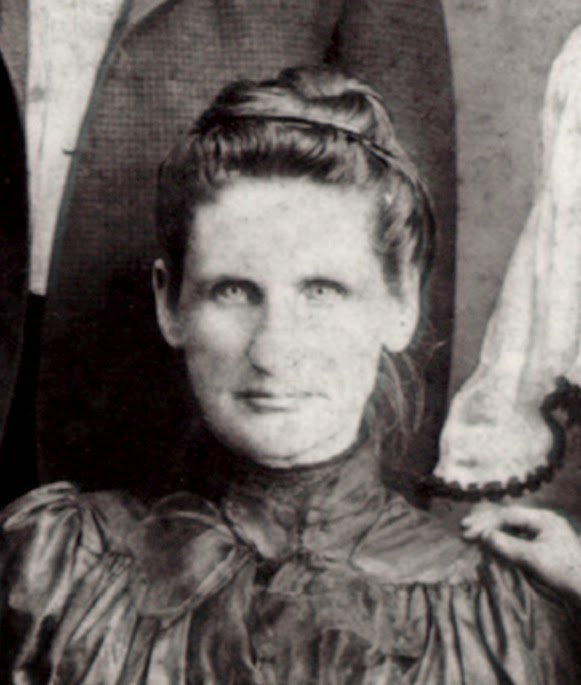This is the fourth in a series on my Civil War ancestors.
Ansel Wilson, 17th Regiment Kentucky Infanty, Company C (continued)
Ansel Wilson deserted.
From his military file, on a card labelled "Descriptive List of Deserters," it reads: "This man deserted from the 4th Div. Army of the Ohio, of which he was at the time Wagon Master. Has rec'd no Bounty. He has drawn clothing to the amt of $34.45."
In researching desertion during the Civil War, I found an informative explanation on the teachinghistory.org website. It's really too long to quote, so take a minute to look it over. The gist is, there were many deserters on both sides. For the union, about one in five men were absent without leave at some time. Though it was a crime punishable by death, this action was rarely taken; only 147 men were executed for desertion. The referenced article states that President Lincoln offered general amnesty to 125,000 men in March of 1863.
In his pension file, this statement is made: "This man deserted on or about Nov. 9, 1862, and returned on or about June 19, 1863. As he was subsequently restored to duty by S.O. [special order] No 9...dated October 26, 1863, without trial, but upon conditions which appear to have be complied with (so far as not waived by the Government) the charge of desertion no longer stands against him. The record of the fact that he was absent in desertion from on or about November 9, 1862, to on or about June 19, 1863, can not, however, be expunged."
Looking at the muster rolls, they show Ansel returned to his company on January 20, 1863, but was then absent again from April 30th to June 19th. He remained in active service until his discharge 1865.
[I'd like to point out that Ansel left one very pregnant Cinderella behind when he returned to duty. Amanda Florida Wilson was born July 29, 1863.]
[I'd like to point out that Ansel left one very pregnant Cinderella behind when he returned to duty. Amanda Florida Wilson was born July 29, 1863.]
Shortly after initially returning to duty that January, Ansel was injured. From his application for pension, while "in the line of duty as wagoner at Chattanooga, in the State of Tennessee on or about February 1863, he was run over by a Government wagon loaded with corn which injured him in the spine and left hip; also being taken with Rheumatism (sciatic) while in the line of duty at Shell Mound in Tennessee. This occurred about April 1863." It is noted he was treated in the hospital in Chattanooga, and that he was totally disabled from his work as a farmer. This declaration was made in 1886 when Ansel was 51.
Chattanooga, Tennessee. View of the front and side of Crutchfield House, post headquarters and hospital during the Civil War, and railroad depot. - 1862
Possibly the hospital Ansel was treated in
The application details his marriages and lists his 13 surviving children with their birthdates.
I ordered Ansel's files through the mail many years ago. While the copies I received contain a lot of information, I suspect I did not receive the complete file. Conspicuous in their absence are doctors' statements and remarks on the extent of his disability from close acquaintances. There are also no eyewitness accounts of the injury as I've seen in other files. The file does reference hospital records. Perhaps since he was treated in hospital, other accounts were not necessary but I would like to double-check the entire file at some point.
In "Kentucky Genealogy and Biography" vol. 3, edited by Thomas W. Westerfield and published in 1885, is a biographical sketch of Ansel Wilson. It mentions his Civil War service, his biographical info, and ends with this paragraph: "Mr. Wilson is a successful farmer, having 571 acres of productive and well-improved land in good condition and a high state of cultivation. He is also engaged in distilling. Mr. Wilson has worked his way up from a small beginning to a comfortable competency. He is a member of the Christian Church and a stanch Democrat." No doubt with his war injury, he was assisted in all this by his sons.
Cinderella passed away December 5th, 1904 at 66 years old. Ansel married a third time to Mary A. Strasburger on November 6th, 1908. He was 74, she was 43, and it was her first marriage. She gave birth to a son on February 13, 1912 and they named him Ansel Strasburger Wilson. When the baby was just eight months old, Ansel Wilson passed away at the age of 78 years and four days of heart trouble and bronchitis.










